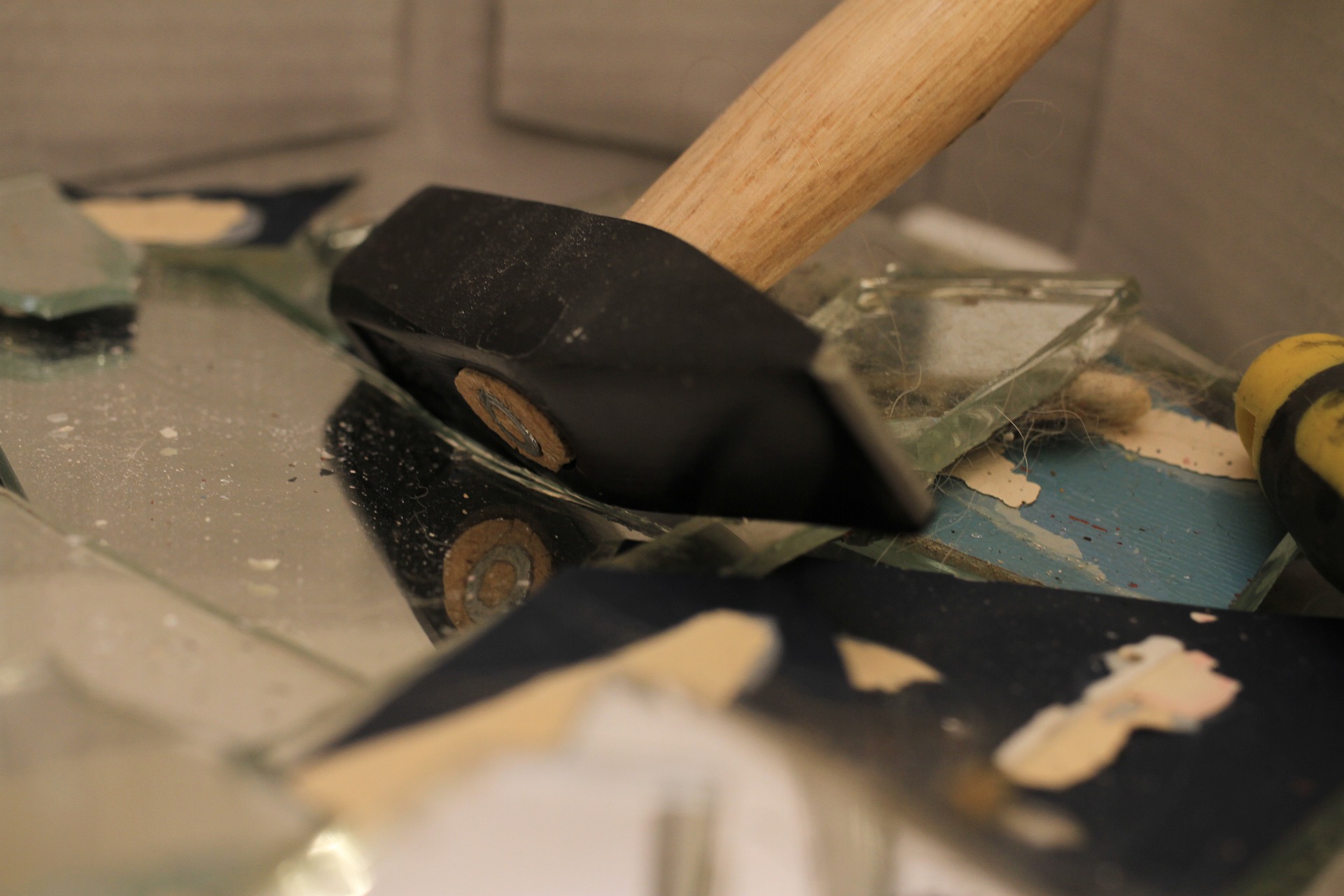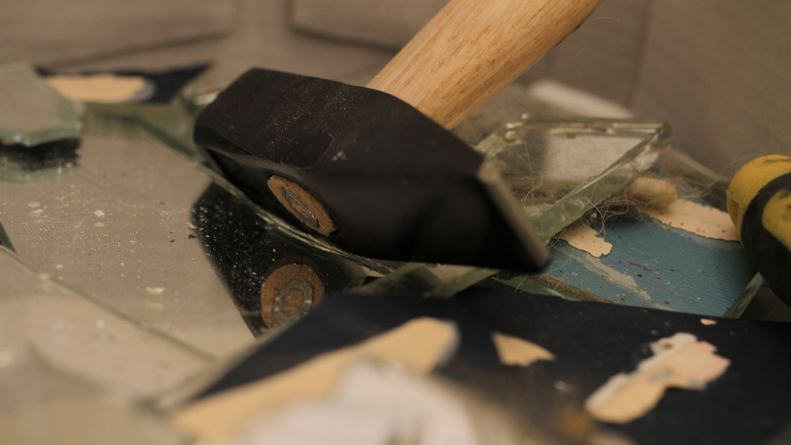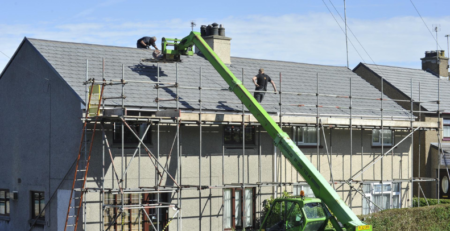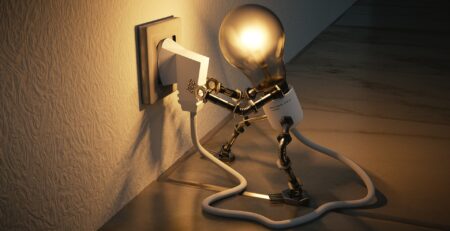The Top Safety Considerations for Landlords
There are plenty of safety considerations for landlords to be aware of in making sure that their property is fit for renting out, and here are some of the most important ones. Safety is of the highest importance for every sector, and for landlords, social hosing, hotels, B&Bs, and holiday homes, it is no different.
Ensuring that all the safety requirements are met for tenant safety and wellbeing, will also improve an investor’s portfolio chances of greater success. You can think of the tenant’s safety as a foundational pillar upon which the rest of the buy-to-let investment rests.
Right to rent
Since the UK government introduced the Right to Rent checks for landlords, it has become increasingly more difficult for illegal non-EEA migrants to rent property in the UK. Illegal migrants renting property can have implications for illegal use of property and for loss of income. For unscrupulous landlords flouting this requirement, the penalties can be harsh and include:
- £1,000 fine per illegal migrant (first offence)
- £3,000 for repeat offences
- HMO landlords will lose their licences
Homes (Fitness for Human Habitation) Act 2018
This Act was introduced in 2018 and came into force in March 2019. It was “…designed to ensure that all rented accommodation is fit for human habitation and to strengthen tenants’ means of redress against the minority of landlords who do not fulfil their legal obligations to keep their properties safe.”

The Act constitutes various aspects that you need to be familiar with, but the salient points to take note of are whether:
- the building has been neglected and is in a bad condition
- the building is unstable
- there’s a serious problem with damp
- it has an unsafe layout
- there’s not enough natural light
- there’s not enough ventilation
- there is a problem with the supply of hot and cold water
- there are problems with the drainage or the lavatories
- it’s difficult to prepare and cook food or wash up
- or any of the 29 hazards set out in the Housing Health and Safety (England) Regulations 2005
Gas Safety
Landlords need to make sure that annual gas safety checks must be carried out by a qualified engineer. All gas appliances must be inspected, and the results must be noted in the Landlord Gas Safety Record.
The scope of a landlord’s responsibility to gas safety was summed up by the Health and Safety Executive (HSE) like this: “Landlords have a legal duty of care to their tenants which includes repair and maintenance of gas pipework, flues and to keep appliances in a safe condition’.
Electrical Installation Condition Report (EICR)
What came into force on 01 June 2020, these Regulations require landlords to have all electrical installations inspected by a “qualified and competent” person at least every five years. These Regulations are part of the government’s comprehensive push to improve safety conditions across the board.
Failure to meet the standards and duties listed can result in landlords facing fines of up to £30,000, a hefty sum. The EICR obtained by landlords will list any remedial work needed or recommend further inspections for clarification. Furthermore, a copy of the report must be given to the tenant within 28 days of the inspection.
The EICR report will use the following classification codes to indicate to the landlord what needs to be done:
- Code 1 (C1): Danger present. Risk of injury. The electrical inspector may make any C1 hazards safe before leaving the property.
- Code 2 (C2): Potentially dangerous.
- Further Investigation (FI): Further investigation required without delay.
- Code 3 (C3): Improvement recommended. Further remedial work is not required for the report to be deemed satisfactory.
Smoke and carbon monoxide detectors
All private landlords are required by law to have the minimum of one smoke alarm installed on each storey of the property, and a carbon monoxide alarm in rooms containing a solid fuel burning appliance. Once they have been installed, it’s the landlord’s responsibility to make sure that they are in good working order and checked prior to each new tenant moving in.
Legionella risk assessments
Legionnaire’s disease is a nasty and potentially life-threatening form of pneumonia caused by inhaling water droplets contaminated by Legionella. Legionella is a bacterium that can potentially grow in virtually any hot or cold-water system.
The operative legislation to be aware of includes:
The Control of Substances Hazardous to Health Regulations 2002 (COSHH) provides a framework of actions to control the risk from a range of hazardous substances, including biological agents (eg Legionella) – to identify and assess the risk, and implement any necessary measures to control any risk.
There has been no change to UK legislation. Since the L8 Approved Code of Practice (3rd edition) (ACOP) was published in 2001, there has been a requirement for landlords of both domestic and business premises to assess the risks from exposure to Legionella to their tenants.
There is a duty for landlords to assess the risk of exposure to Legionella for the sake of their own safety. However, this does not require an “in-depth, detailed assessment.”
ARE YOU READY TO START INVESTING?
Subscribe to our mailing list now for exclusive deals, investment guides and the latest information from the property market.







